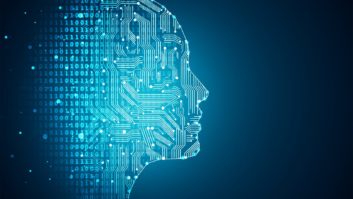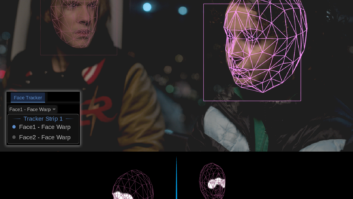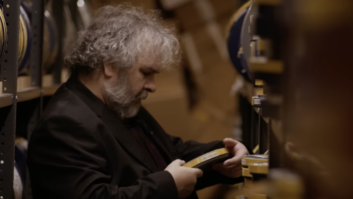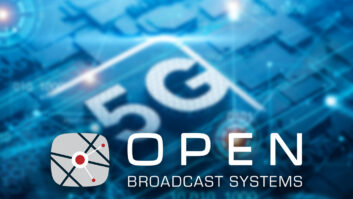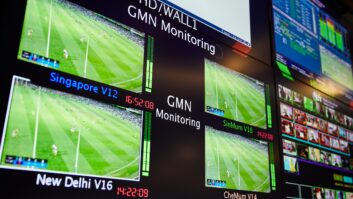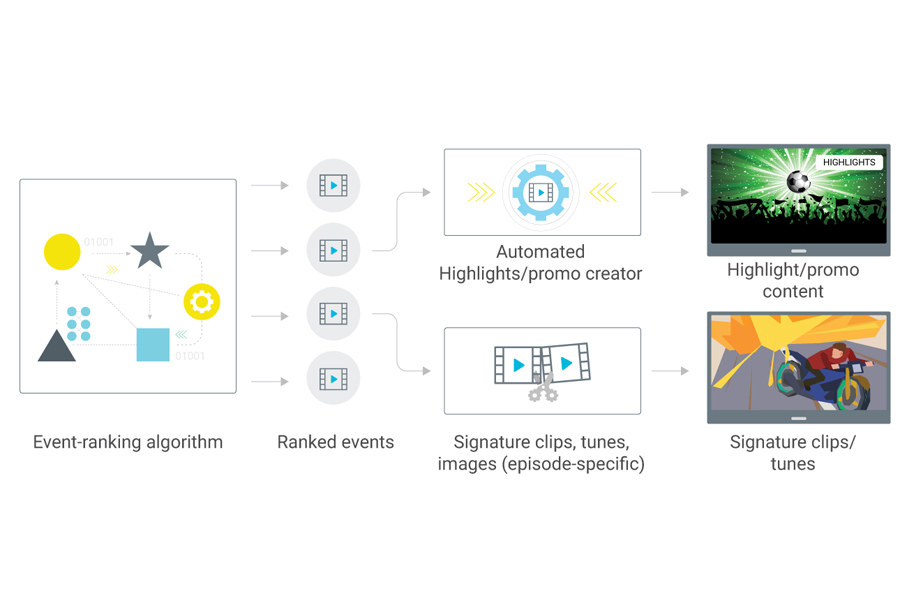
The Facebook experiment with artificial intelligence has certainly brought forth a rift within the scientific community over the implications of AI and machine learning.
However, these are still early days, and even the Facebook bots who raised up this entire controversy were simply attempting an efficient way to do things, as reported by CNBC.
Clearly, in realistic terms, we are a safe distance away from the dire prophecies of an AI domination. Having said that, real-world applications of deep-learning concepts would surely have an impact on the way we work, gain knowledge, and entertain ourselves. As a result, the media and entertainment industry could see a pivotal shift in its day-to-day operations. Here is what it could it mean for different areas of broadcast.
Innovation in content segmentation and promos creation
Today, traditional media houses and TV networks have two critical challenges. They need to expand into newer markets rapidly, and they must make their content available to millions of possible subscribers on OTT platforms. Both require handling huge data sets and creating meaningful, consumable content from unstructured video data. For example, TV broadcasters aiming to accelerate presence in new territories need to ramp up processes such as segmenting, populating metadata, and managing subtitles and multi-language audio tracks.
Likewise, an OTT aggregator might need similar services for aggregated content, but they might not have the exact metadata for that content. With increasing demand to consume sports content on OTT, these platforms might also need to generate consumable sports packages from live streams almost immediately after the live broadcast.
Using machine learning could help both large studios as well as OTT aggregators. For traditional TV networks, it could automate segments generation and tagging. It could also make it possible to create promos from segments, which could later be used for promotion of programmes. Lastly, this approach could help them fast-track subtitle generation and regulatory compliance using natural language processing systems.
From an OTT perspective, machine learning could help in creation of webisodes or sports highlights packages from live content. In a traditional setup, this process could involve dedicated resources to sift through hours and hours of live sports broadcast. In contrast, an automated system could identify the exact start and end points of sports broadcast and create a consolidated highlights package, removing all ads and other interruptions.
Improved operational efficiency with automated QC
Why is TV today not as customised, or even targeted, as any website on the internet? The reason is very straightforward. Unlike internet channels, TV studios have rigorous quality-control processes. They also face severe legal implications in case of a broadcast accident. Thus, the stakes are higher in a traditional broadcast setup, and this is the second area where machine learning can help.
Once a machine learning system has been trained to look for aberrations, it can throw up surprisingly accurate results. For example, the system could be trained to identify black frames lasting longer than a couple of seconds and either eliminate them or notify them to a human operator. This way, organic black frames in content could be retained, while long, unintended black frames are eliminated. Similarly, content could be checked for colour variation and noise or audio-level correction. As machine learning systems evolve, more complex and critical tasks could be managed by artificial intelligence. For example, detecting when a smoking scene appears in a broadcast, or replacing ads and content based on country-specific broadcast regulation.
In the near future, TV networks would be able to scale up without having to set up additional facilities. And that brings us to the third and possibly the most important area where machine learning will have a huge impact: jobs.
How would machine learning impact traditional media jobs?
To understand what the revolution of machine learning could mean for humanity, we don’t have to look far back into the past. In his article on “Wealth of Nations,” Bill Greiner explains that in modern America, 98 per cent of the population is pursuing careers unrelated to food, as opposed to 70 percent employed on a farm in 19th century. In a way, automation of farming allowed a majority of the population to focus on more cerebral tasks while improving production at the same time.
Something similar is likely to occur in service industries in days to come. With automation of critical yet repetitive processes — such as monitoring — taking place, present jobs would evolve into more creative, engaging enterprises. For example, the traditional playout supervisor role could evolve into a “playout programmer” role, in which the person is responsible for directing and training the AI-based playout system. Similarly, there could be subject matter experts who could get involved in research, collaborating with AI programmers to create more innovative broadcast experiences.
What AI could bring to viewers
The last area that could undergo transformation with AI could be the actual viewing experience. Already, search engine algorithms can identify needs of an individual user in great detail. In the near future, viewers could be treated to an increasingly customised experience on both linear TV as well as OTT. Going from content acquisition to the actual viewing experience could all be synchronised as delivery systems become more intelligent. It’s not difficult to imagine a contextual, seamless experience based on a time-device-location axis, which would let viewers see exactly what they want to see.
As machine learning technology becomes ubiquitous, it could impact all walks of life including the media and entertainment industry. After digitisation of analogue systems, the media industry is on the brink of another transformation, and this one might forever change the way we connect with the world.
By Baskar Subramanian, co-founder, Amagi
